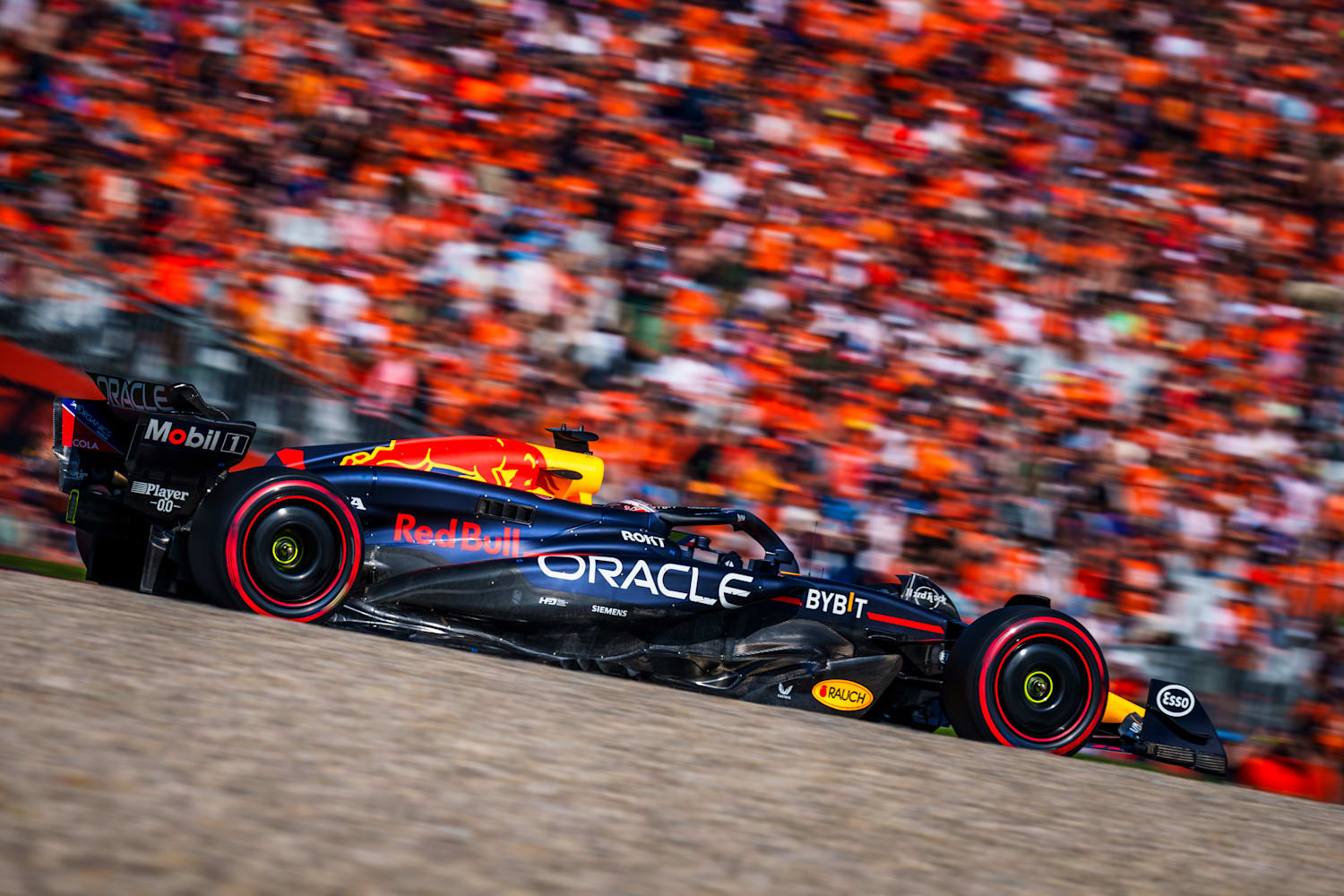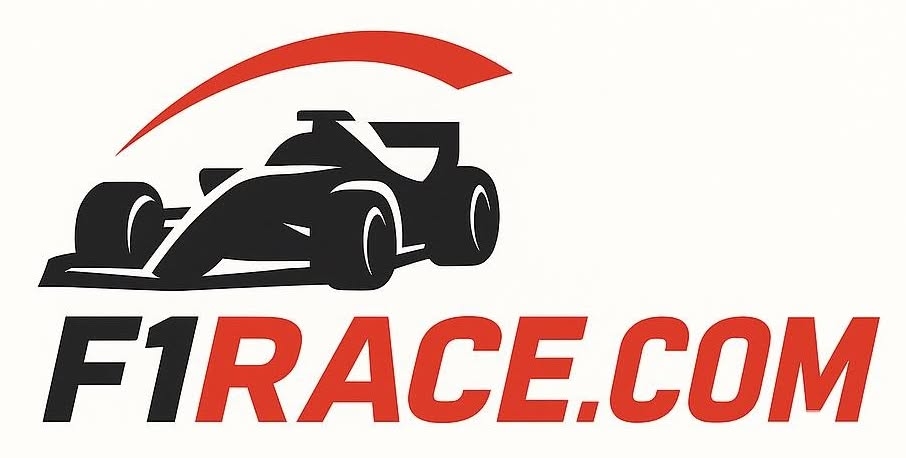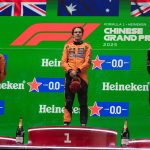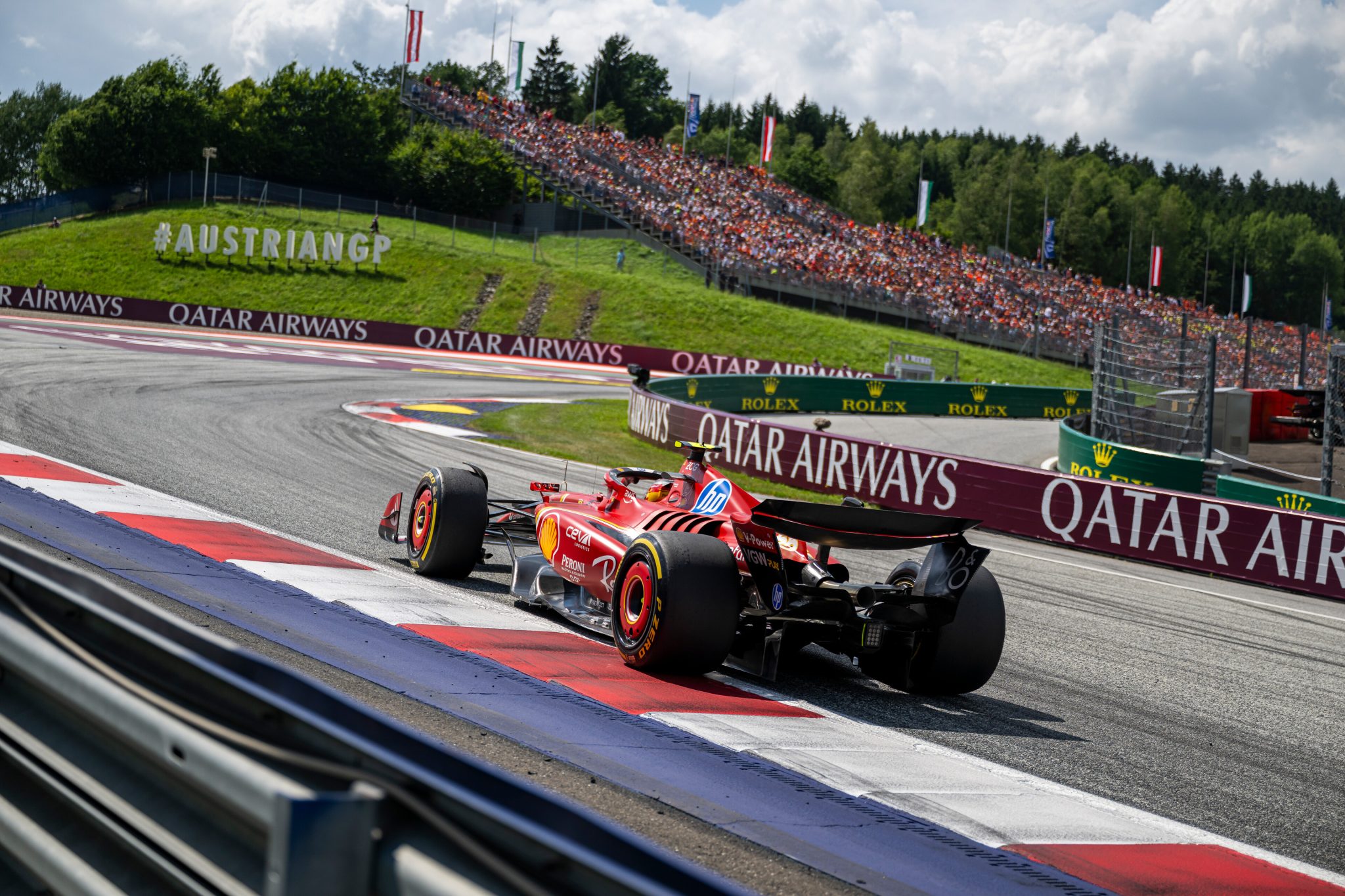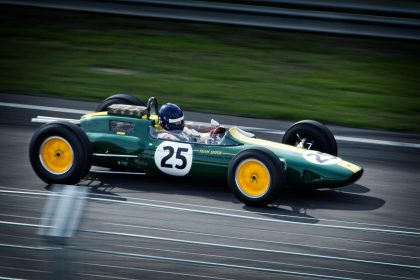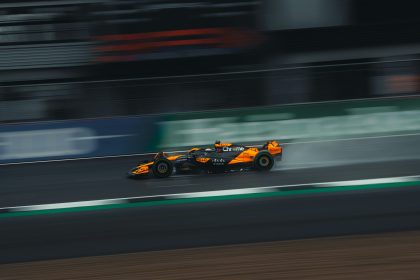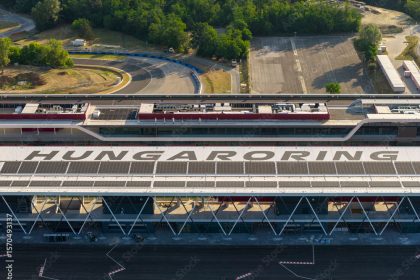If you think the Red Bull Ring is a simple circuit, you’re either new to Formula 1 or you’ve never tried to thread a car through Turns 9 and 10 with a championship on the line. The Spielberg circuit, nestled in the Styrian hills, is a place where the stopwatch is merciless, the margins are razor-thin, and the ghosts of past champions seem to whisper, Go on, brake a metre later. What’s the worst that could happen? As we approach the 2025 Austrian Grand Prix, let’s dissect the real key to mastering the Red Bull Ring: understanding its deceptively straightforward layout, its devilish technical challenges, and the corners that have made and broken heroes.
- The Illusion of Simplicity: A Track That Bites Back
- Turn 1: Niki Lauda Kurve – Where Races Are Won and Lost
- Turn 3: Remus – The Overtaker’s Dilemma
- Turn 4: Schlossgold – The Downhill Gamble
- Sector 2: The Flow and the Fury
- Turns 9 and 10: The Rindt and Red Bull Mobile – The Final Test
- The Technical Gauntlet: Elevation, Curbs, and Chaos
- The Masters of Spielberg: Verstappen, Hamilton, and the Numbers
- Track Limits: The Never-Ending Saga
- The Human Element: Courage, Precision, and the Occasional Disaster
- Lessons from History: Incidents, Drama, and the Unforgiving Stopwatch
- Waste a Bit More Time
The Illusion of Simplicity: A Track That Bites Back
On paper, the Red Bull Ring is almost laughably short—just 4.318 km, ten corners, and a lap time that barely gives you time to check your mirrors. But as any seasoned driver (or grizzled journalist) will tell you, the devil is in the details. The circuit’s brevity means every mistake is magnified, every tenth of a second is precious, and traffic in qualifying is as inevitable as a Max Verstappen pole lap.
The track’s three DRS zones and long straights tempt you into thinking it’s all about horsepower. But the real challenge lies in the transitions: heavy braking into tight corners, sudden elevation changes, and the need to balance aggression with precision. As one recent guide put it, Austria is famous for its high-speed straights, flowing Sector 2, and stunning mountain backdrop, making it one of the most exciting circuits on the Formula 1 calendar. Lewyslinks Track Guide
Turn 1: Niki Lauda Kurve – Where Races Are Won and Lost
The lap begins with the Niki Lauda Kurve, a tight right-hander that demands heavy braking after the main straight. It’s a classic first-corner pinch point, notorious for first-lap chaos and cold-tyre mishaps. Brake too late, and you’ll either run wide onto the sausage kerb—risking floor damage—or worse, find yourself in a carbon-fibre confetti shower.
Brake hard and shift down quickly, lining up for the tight right-hander. Be careful not to brake too late, as this can upset the balance of the car and affect your exit onto the next straight.
Lewyslinks Track Guide
The exit is crucial, as it sets you up for the long, uphill drag to Turn 3. Get it wrong, and you’ll be a sitting duck for the DRS vultures behind.
Turn 3: Remus – The Overtaker’s Dilemma
If Turn 1 is about survival, Turn 3 is about opportunity. This slow, uphill right-hander is the best overtaking spot on the circuit, but it’s also a trap for the overzealous. The gradient makes braking tricky, and wheel lock-ups are common. Traction on exit is everything—botch it, and you’ll lose time all the way down to Turn 4.
Turn 3 presents the best opportunity for overtaking at the Red Bull Ring. Good braking performance is the key, and that’s exactly where our car excels.
Thomas Preining, DTM Champion Red Bull Ring Track Guide
It’s also the scene of infamous drama: in 2016, Hamilton and Rosberg collided here on the final lap, a moment that still makes Mercedes PR staff break out in hives.
Turn 4: Schlossgold – The Downhill Gamble
After the DRS blast from Turn 3, drivers face another heavy braking zone into Turn 4. The approach is downhill, the grip is inconsistent, and the inside kerb is ready to ruin your day. It’s a corner that rewards bravery but punishes impatience.
Notable incidents? In 2020, Alex Albon and Lewis Hamilton tangled here, sending Albon spinning out of a potential win. In 2021, Norris and Perez clashed, sparking a debate about racing room that only F1 Twitter could truly appreciate.
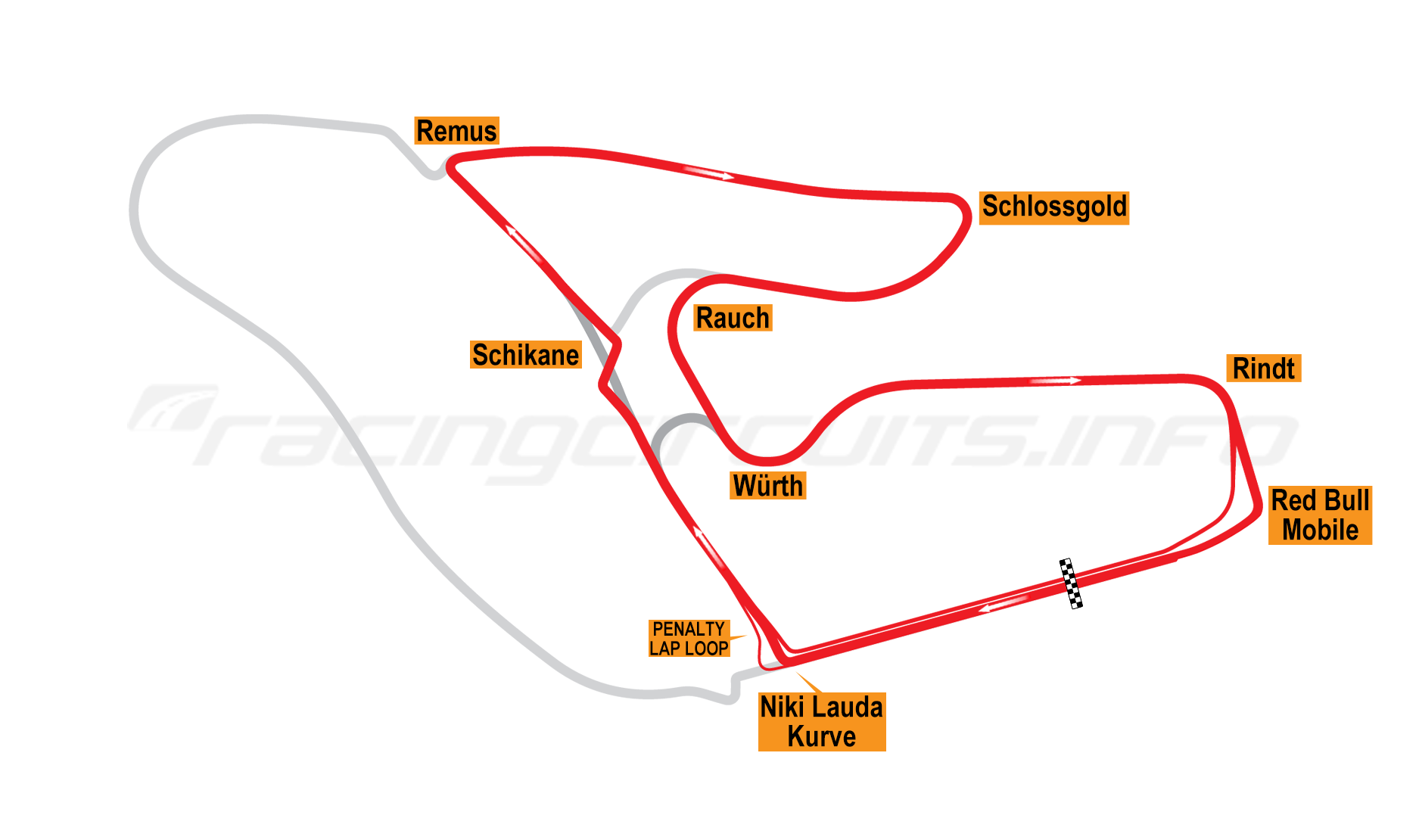
Sector 2: The Flow and the Fury
Sector 2 is where the Red Bull Ring reveals its true character. Turns 5 and 6 are all about rhythm and commitment. The track flows, but the margin for error is slim. Clip the inside kerb at Turn 6, and you’ll carry momentum; go wide, and the gravel trap awaits.
The circuit’s elevation changes are most pronounced here, affecting braking points and car balance. As one guide notes, This is where the flow of the track becomes more technical. Carry a lot of momentum through this corner to ensure a good lap time. Lewyslinks Track Guide
Turns 9 and 10: The Rindt and Red Bull Mobile – The Final Test
If you want to know what separates the great from the merely good, watch how they handle Turns 9 and 10. These fast, downhill right-handers are the most difficult corners on the circuit. Precision is everything—run wide, and you’ll either invalidate your lap or find yourself in the gravel.
Track limits are policed with the zeal of a border guard in a Cold War thriller. In 2023, the FIA reviewed over 1,200 potential track limits violations at these corners. The solution? For 2024, a 2.5m gravel strip was installed behind the kerb at the exits of Turns 9 and 10, creating a natural deterrent that drivers feel in their bones (and their lap times).
They will know where the limit is. That’s what they want and what they have asked for. They will get feedback, they will feel it when they get close to the gravel, and if they do dip a wheel onto the gravel it will penalise them because the car will be slower.
Niels Wittich, FIA F1 Race Director Formula1.com
The Technical Gauntlet: Elevation, Curbs, and Chaos
The Red Bull Ring’s technical challenges go beyond its corners. The elevation changes—63 metres from lowest to highest point—affect everything from braking to traction. The aggressive “sausage” kerbs can damage suspensions or floors, forcing drivers to balance risk and reward.
And then there’s the traffic. With lap times just over a minute, qualifying is a game of Russian roulette. Find a gap, and you’re a hero; get stuck behind a slowpoke, and you’re out in Q1, muttering about “traffic management” like every driver since the dawn of time.
For a visual breakdown, check out this excellent track guide:
How to MASTER the REDBULL RING on F1 23! | Track Guide (YouTube)
The Masters of Spielberg: Verstappen, Hamilton, and the Numbers
Statistically, the Red Bull Ring has become Max Verstappen’s playground. Since 2018, he’s racked up five wins, multiple pole positions, and a reputation for making the circuit look almost too easy. Lewis Hamilton and Valtteri Bottas have also tasted victory here, but it’s Verstappen who has made the Styrian hills echo with Dutch cheers.
| Driver | Wins at Red Bull Ring | Notable Fastest Laps | Pole Positions |
|---|---|---|---|
| Max Verstappen | 5+ | Multiple | Multiple |
| Lewis Hamilton | 2 | Yes | Yes |
| Valtteri Bottas | 2 | Yes | Yes |
| Charles Leclerc | 1 (2022) | Yes | Yes |
Red Bull Racing and Mercedes have dominated the hybrid era, with Ferrari occasionally playing spoiler. The circuit has also hosted both the Austrian and Styrian Grands Prix in recent years, a quirk of the COVID-19 calendar that gave statisticians and trivia buffs something to argue about.
Track Limits: The Never-Ending Saga
No discussion of the Red Bull Ring would be complete without mentioning track limits. In 2023, the FIA reviewed over 1,200 potential violations—yes, you read that right. The solution for 2024 and beyond was to install gravel strips and move the white line, making it impossible to “explore the limits” without paying the price.
If it’s just a line or just asphalt, drivers and teams will always go to the last millimetre because you can. But when you run over the gravel, it’s impossible to be faster.
Niels Wittich, FIA F1 Race Director
The result? Fewer penalties, more clarity, and a lot less whining from drivers (well, slightly less).
The Human Element: Courage, Precision, and the Occasional Disaster
What makes the Red Bull Ring truly special isn’t just its layout or its history—it’s the way it tests the human element. The circuit demands courage in the fast corners, precision in the braking zones, and the ability to adapt to changing conditions. It’s a place where legends are made, and careers can be unmade in a single lap.
As Thomas Preining put it, This is where it gets really tense! Turn 9 demands absolute determination. You have to throw your car into it while paying attention to the track limits at the same time. It’s exactly the same in Turn 10. As soon as you get through here cleanly, it’s time to step on the gas early and hit the home straight at high speed. Red Bull Ring Track Guide
Lessons from History: Incidents, Drama, and the Unforgiving Stopwatch
The Red Bull Ring has seen its share of drama. From the Hamilton-Rosberg collision in 2016 to the Albon-Hamilton tangle in 2020, the circuit has a knack for producing moments that linger in the memory. Track limits, collisions, and the ever-present threat of rain mean that no race here is ever truly predictable.
And let’s not forget the role of the crowd. The Styrian hills come alive with fans—Dutch, Austrian, and everyone in between—creating an atmosphere that’s part festival, part gladiatorial arena.
Waste a Bit More Time
If you’ve made it this far, you’re either a true F1 aficionado or you’re hiding from your boss. Either way, here are some links to help you waste a bit more time:
- Austria F1 24: Sector-by-Sector Track Guide – Lewyslinks
- Track Guide to the Red Bull Ring: Pedal to metal for the perfect lap
- EXPLAINED: How key changes to the Red Bull Ring look to avoid last year’s track limits issue
